How Long Will Tennis Elbow Last and What Can You Do About It?
Hey there, reader. If you’re here, then my guess is you’re dealing with something we consider to be a preventable problem. Tennis elbow.
As humans, we’re using our hands all the time. So once the elbow pain bell comes in, it’s very difficult to unload the tissues and allow healing.
We tend to think of the elbow as a hinge joint when in actuality it is a rotational hinge joint. This is one of the big obstacles of tennis elbow PT. We forget that our elbows are also attached to our hands, the 5 digits that make us human.
Often, what we see here is not a muscular problem, but an insertional problem.
In this article, we’ll talk about how long tennis elbow lasts and what you can do to speed the recovery.
But before we dig into the tools, I just want to reassure you there’s nothing wrong with this system. There may be some incomplete mechanics around how your elbow is functioning and stiffness and inflammation in the tissues that insert at the elbow.
However, we’ll cover the best tools to address this problem. Hopefully after this you’ll never have to deal with it again.
What Causes Tennis Elbow
Tennis Elbow is pain and inflammation on the outside of the elbow. What causes it? A complicated and not-obvious combination of factors that lead your body to believe you’re in danger of critically hurting yourself.
Contrary to how it sounds, this problem isn’t just for tennis players or people who play the sport.
Pain in any tissue can be the result of several factors. You could play tennis daily. But it can also arise from everyday activities, such as carrying all the groceries in one trip , or rock climbing for years without pain.
Then one day, bam, you’ve got elbow pain. The point is not so much how we got here, but how we get out.
So, how long does tennis elbow take to heal?
It depends. You see, pain is first and foremost a signal of danger. It tells you that if you keep doing whatever the heck you’ve been doing, serious bodily harm could occur.
Pay attention to the symptoms of tennis elbow you’re experiencing. Your tissues might not necessarily be “hurt”. Stiffness, inflammation and dysfunction are why pain happens. But the signal itself is neurological and can continue even beyond the point when your arm has “healed.”
When it comes to the intelligence of our bodies, you need to reassure yourself that the original danger has completely gone away. Elbow pain can be difficult to deal with simply because of how much we use our hands. It not only slows down healing of real stiffness and inflammation but can make it hard for our bodies to “believe” we’ve truly escaped danger.
So let’s focus on how to get rid of elbow pain. That’s the real question.
The answer? Convincing your body beyond doubt’s shadow that your forearm muscles and surrounding tissues are healed and safe for good.
To do this we use our reliable 3-part system to:
- Desensitize – Turn down the pain signal so we can get back to our lives.
- Restore – Get back healthy movement patterns and positions in the offended tissue area.
- Prevent – Engage in healthy movement and other practices to make sure pain never comes back.
In the sections below, we’ll help you stop wondering, “how long does tennis elbow take to get better?” We’ll focus on what you can do to make it happen as soon as possible.
Desensitize Elbow Pain
Our first priority when dealing with cases of tennis elbow is turning off the pain signal itself. By desensitizing the offended tissues, we can allow our nervous system to reprocess our situation. Marking it”safe” while also giving us relief allows us to sleep better, lower stress, and get back to our lives.
Desensitization techniques primarily concern themselves with decongestion and reperfusion. This includes returning blood flow to the tissues allowing them to heal more quickly.
Being able to quickly turn down our perception of pain also serves to aid other recovery processes. Healing occurs more slowly when you have high stress. And elbow pain can be a banger of a stressor by affecting our ability to manipulate our environment.
If your arm hurts too much to work, you’re gonna notice.
It also has the opportunity to impede sleep, which is our body’s most significant recovery process. If your sleep is impaired by pain, it’ is your top priority to reduce this signal.
In the full Tennis Elbow Pain Protocol, there are 19 videos for healing tennis elbow. Six of which are dedicated to desensitization.
Here I’ll suggest one to get you started that can help begin your journey and teach the principles.If your pain is complex or intense, the full protocol is a great, inexpensive tool to try before or as an adjunct to invasive procedures like surgery.
The following is a primer on boosting your healing response using a Voodoo floss band.
Turbo Charge Your Healing Response
Equipment needed: Voodoo Floss Band, Light Resistance Band.
Perform 30 reps per arm, once per day.
Restore Tennis Elbow Health
Once you’ve desensitized tissues reliably, you can focus on restoring the former health of your elbow. This primarily involves restoring functional movement patterns and joint or tissue positions in the potentially affected areas.
With tennis elbow, this would restore function of the elbow, wrist, and potentially, shoulder.
One of my favorite sayings is, “the rats don’t always get in where they chew”. We want to be thinking about upstream or downstream tissues that contribute to your pain.
Forearm stiffness is one of the most common ways tennis elbow happens. But it can also be a result of tricep stiffness or poor relationships between the elbow and how it functions with the rest of the body.
The following mobilization goes straight for the most likely problem, but you may need to experiment with addressing other parts of the arm, shoulder, and even your upper back to improve your pain.
Addressing Forearm Stiffness
Equipment needed: 2 lacrosse balls & tape, or a peanut device.
Perform 2-5 minutes per arm daily.
Prevent Tennis Elbow From Coming Back
Simply put, prevention is preparation. A good offense against overuse is the best defense.
One of the biggest questions we ask our athletes is how they prepare their elbows before getting on the court. In short, how was your warmup?
At the very least, a simple shoulder prep or shoulder spin-up can do wonders to stop elbow pain from happening again in the future.
Preparation Strategy
Perform this shoulder spin-up before all workouts or sports, and ideally as a morning warm-up for the day.
Now, as always, I’m big on prevention by deleting stagnation from your vocab.
Alongside using the shoulder spin-up as a proper warmup, how much are you walking? Are you sleeping 8 hours a night?
Lifestyle factors and the movement environment all play a part, and pain can be a good litmus test for how much you’re living a healthy life. As a general rule of thumb, I recommend:
- Aim to walk 8000 steps a day.
- Aim to sleep 8 hours which may mean being in bed for 10 (especially while healing).
- Get up often if you work a desk job and look into standing desks, floor-sitting, and other implements for getting out of that chair.
Treat Tennis Elbow Once and For All
For people with Tennis elbow, it’s a hard bell to un-ring once it begins. At least, most of the time it is.
Because we use our hands so much, it can be difficult to give our elbow tissues, muscles, and tendons the time needed to heal. Healing also gives our system enough time to stop sending the pain signal. . To manage this, you want to use other tools.
The Ready State’s treatment for tennis elbow includes:
- First, desensitize your tissues and get some blood flow back in to improve healing and let the gunk out.
- Then restore function at the level of the joint by seeking better positions and improving movement patterns.
- Finally, stop the problem from returning. This can include warming up properly at the court, getting sufficient quality sleep and properly hydrating. Being mindful of environmental factors with any activity can pay dividends down the road as well.
These principles alone can help you mitigate or even avoid most pain entirely. But if you are having trouble freestyling or find that your efforts aren’t quite enough, we’ve laid out a 19-part tennis elbow protocol to help you nip it in the bud for good.
No point in wondering how long it takes
Let us know in the comments how these tools helped you get back to your Ready State!

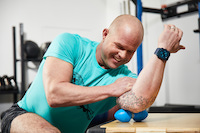
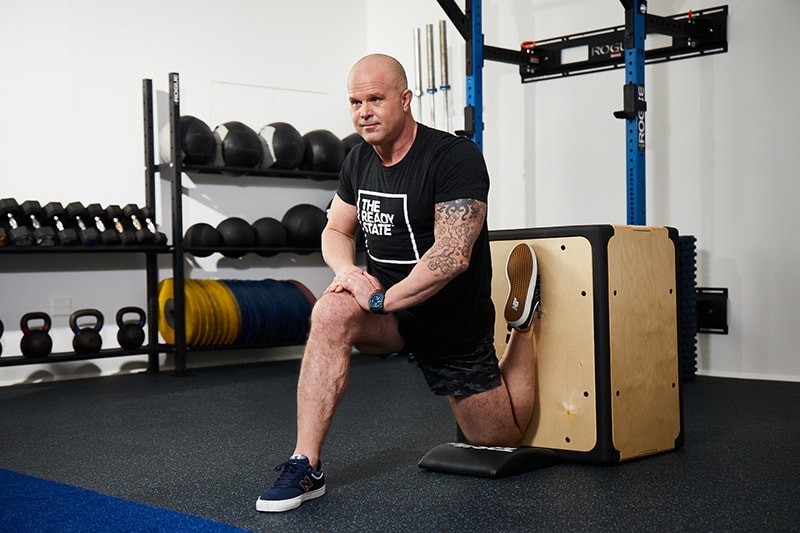
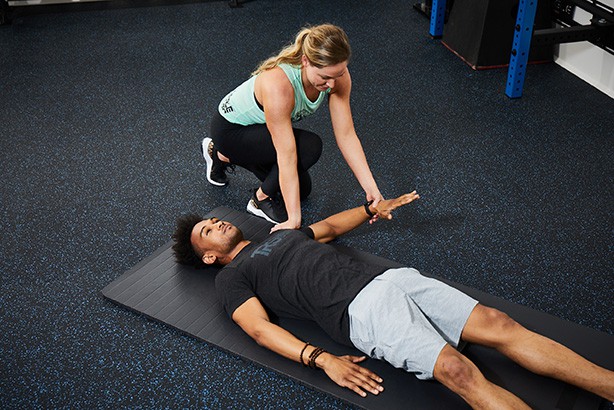
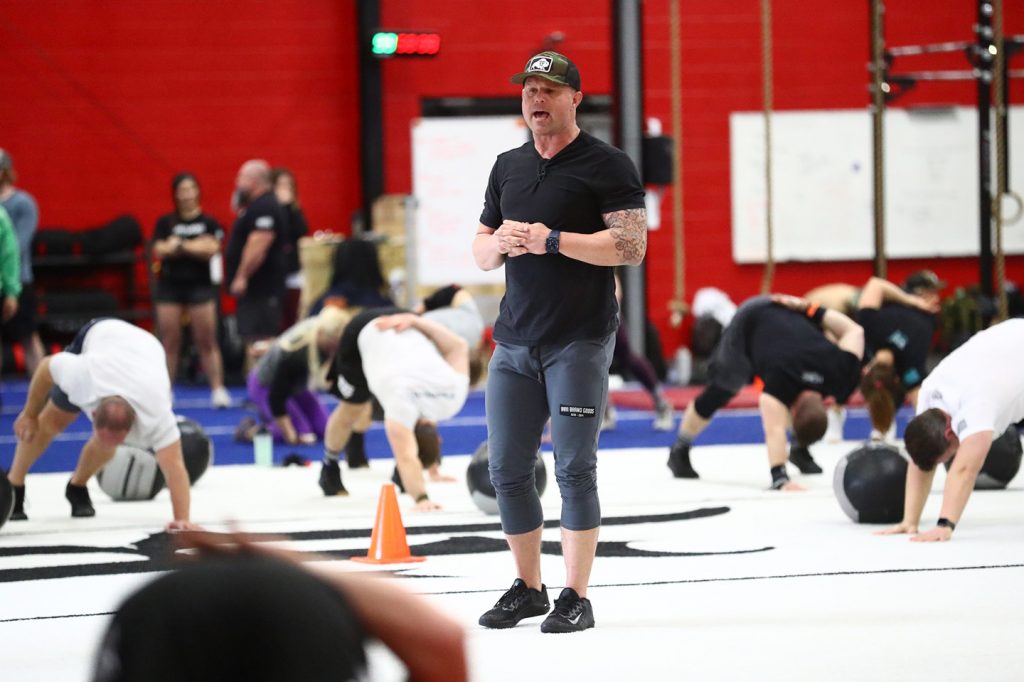
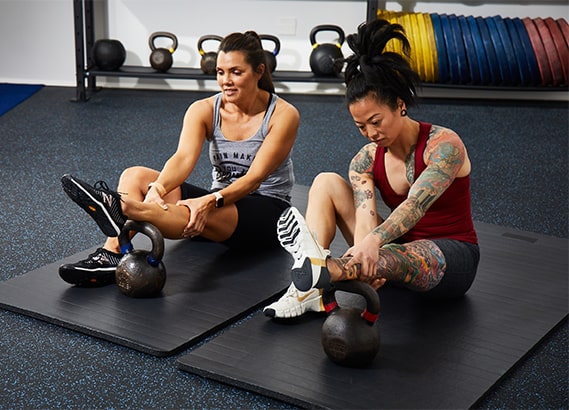
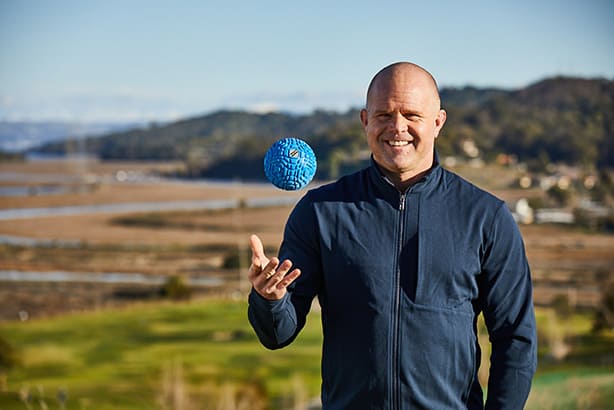
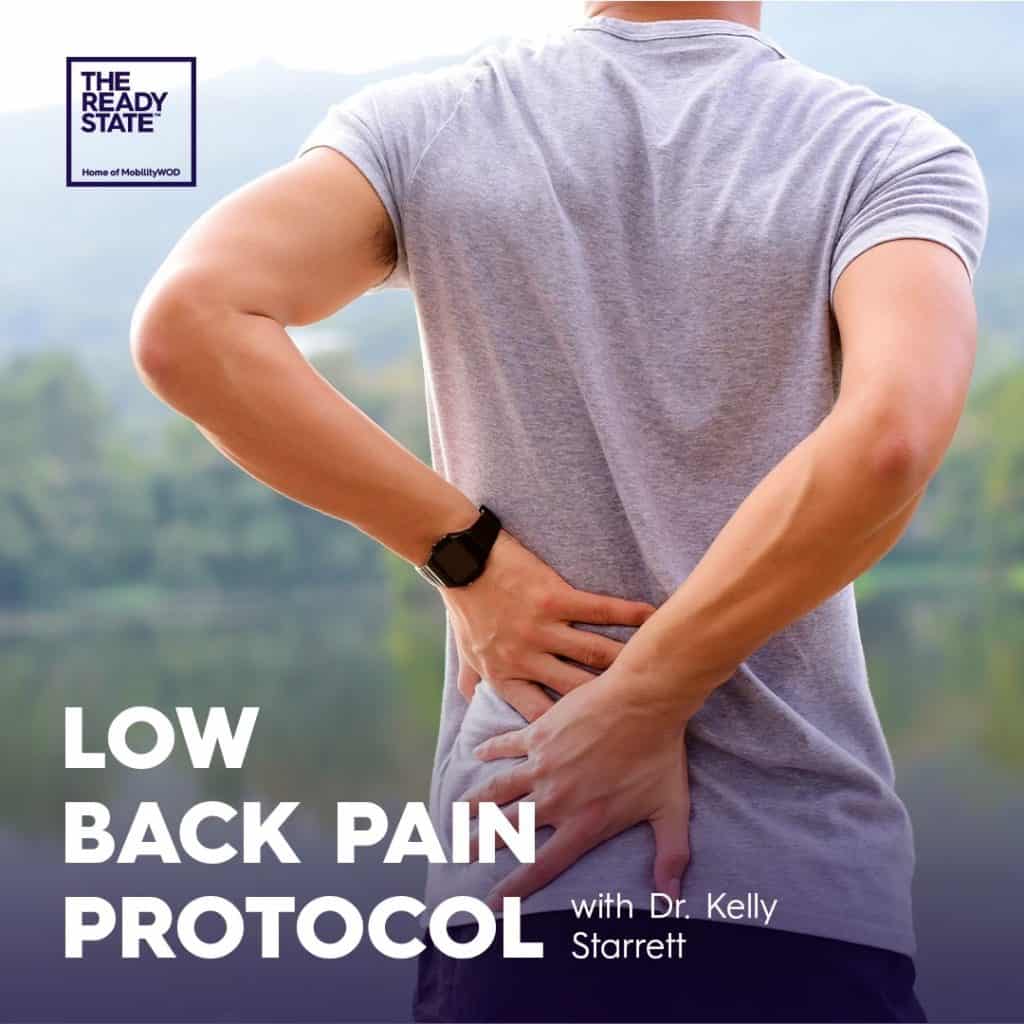
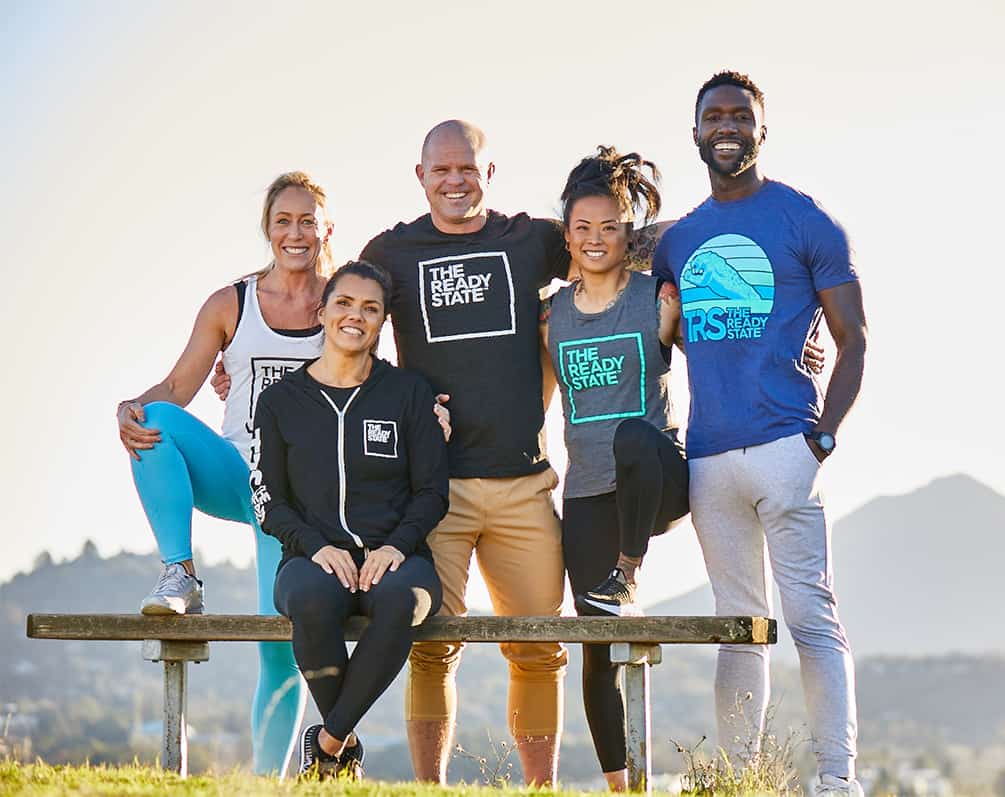
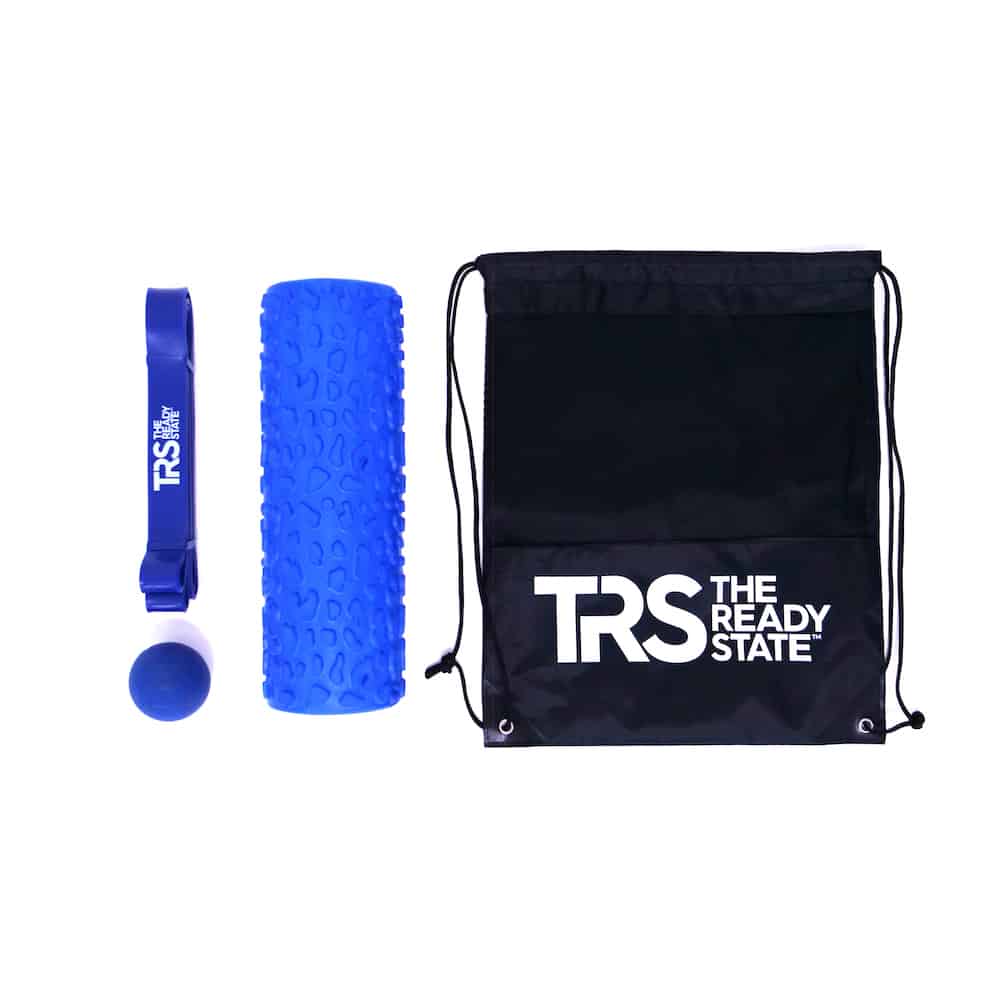
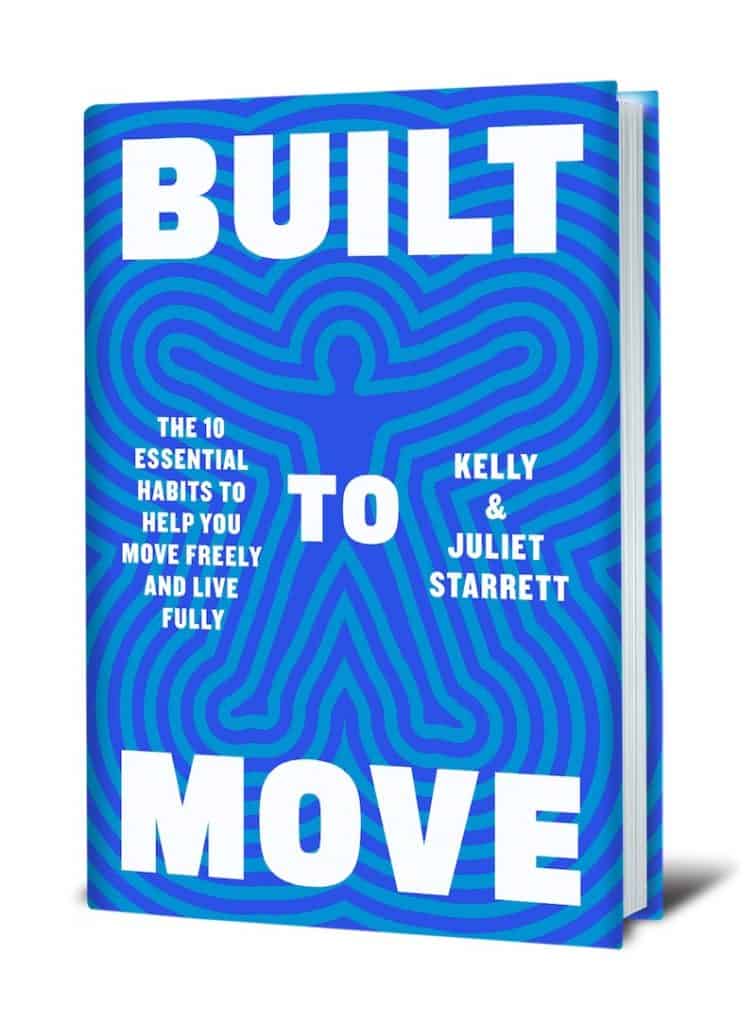
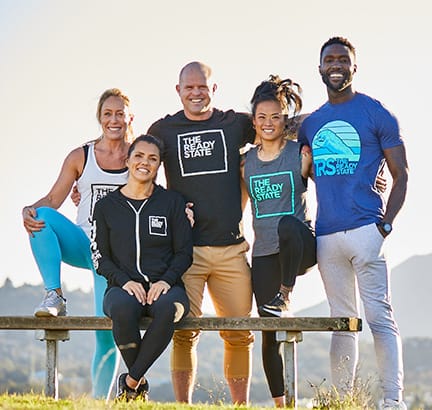
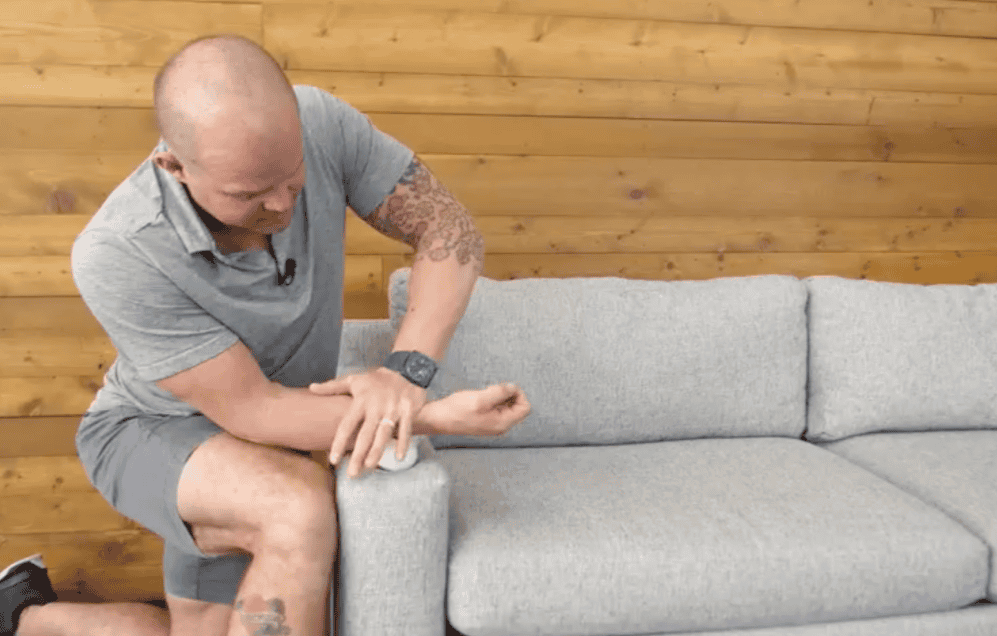






TRS Virtual Mobility Coach
Guided mobilization videos customized for your body and lifestyle.
FREE 7-Day Trial